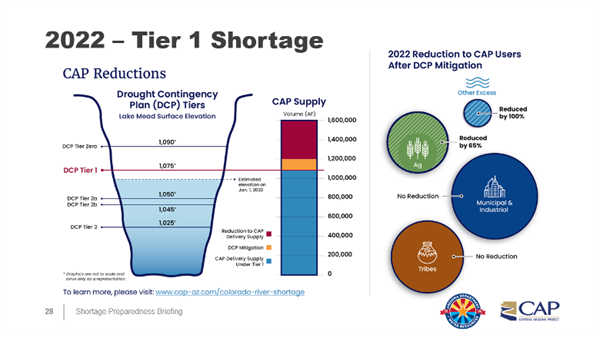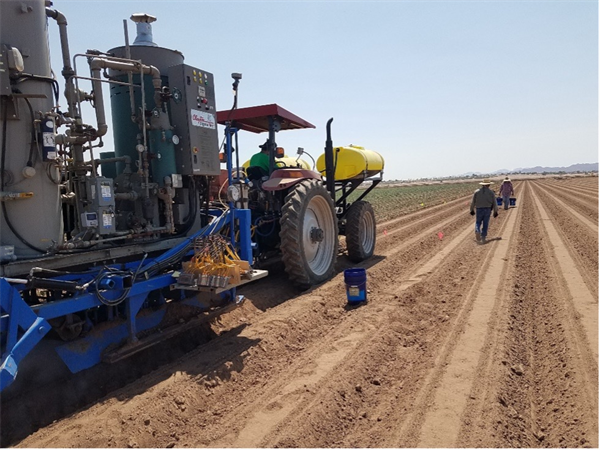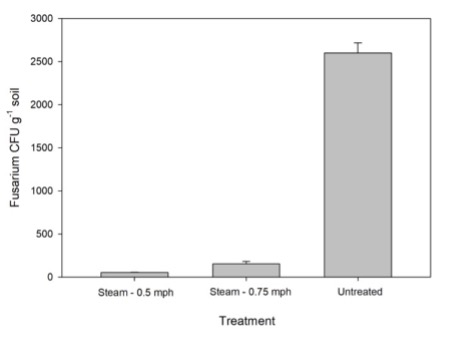Sep 5, 2012
Whitefly Management on Fall Produce 2012
Over the past 2 weeks, whitefly adult numbers on fall melons have been extremely high in trials conducted at the Yuma Ag Center. In fact, based on numbers sampled from our untreated checks, adult numbers thus far have been almost 10-fold greater than what we've observed in the past several yea (see graph below). Furthermore, whitefly pressure has been exceptionally high in the Roll/Tacna area where our sampling has shown numbers in excess of 150 per leaf on pre-blooming plants in numerous fields. This high whitefly abundance can be attributed to some extent to the crop landscape in these areas. Crops planted near or adjacent to cotton and alfalfa are clearly more heavily infested. In addition, our monsoon conditions this year may be playing a role where total rainfall and average relative humidity during July and August have been higher this year than in the previous 10 years. Interestingly, these monsoon conditions were also very high in 2005 where, if you recall we had very heavy whitefly that year. Given that whitefly pressure does not appears to be letting up, PCAs should pay particular attention to early whitefly control on their newly planted produce crops. It is important that PCAs prevent prolonged feeding by high numbers of adults on seedling lettuce plants which can result in stunted growth. If you observe honeydew on leaves in the absence of nymphs then there are way too many adults on the seedling plants. Furthermore, allowing adults to remain on plants unchecked generally results in the development of large nymph populations which can cause significant growth/yield reductions in all produce crops. It is strongly recommended that growers apply a soil neonicotinoid on lettuce and cole crops throughout September and early October. Local research has shown that imidacloprid applied at 0.25 lbs AI/ac (e.g.,
Alias 2F-16 oz,
Wrangler 4F-8 oz;
Admire Pro- 7 oz) at planting provides less residual control of nymphs today than it did 10-12 years ago. Given the current economics of imidacloprid, cost-effective whitefly control can be achieved by using higher rates of imidacloprid to extend residual control ( e.g.,
Alias-24 oz,
Wrangler- 12 oz or
Admire Pro- 10.4 oz). Once plants get larger, products like Movento, Venom, Scorpion, Assail, Knack and Courier can provide effective control of nymphs. With the loss of endosulfan, growers have few options for effective adult control, but good knockdown can be achieved on lettuce and cole crops with combinations of bifenthrin (e.g. Brigade, Sniper, Discipline, etc) or Danitol tank-mixed with Orthene, Lannate, Lorsban, Venom, Scorpion, and Assail. For more information on whitefly biology, management and insecticide alternatives see
Insect Management on Desert Vegetables and Melons: Whiteflies and
Whitefly Management in Leafy Vegetables, Cole Crops and Melons
To contact John Palumbo go to:
jpalumbo@ag.Arizona.edu
 To contact John Palumbo go to: jpalumbo@ag.Arizona.edu
To contact John Palumbo go to: jpalumbo@ag.Arizona.edu










